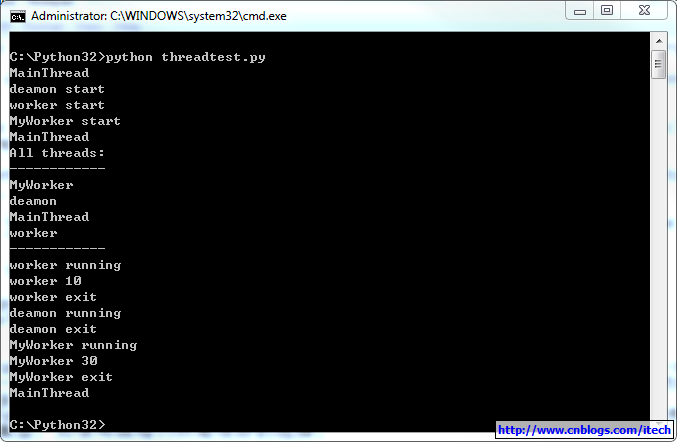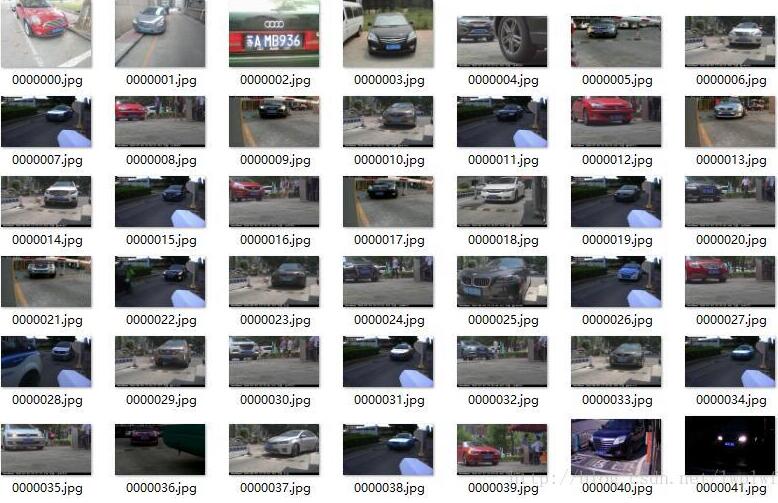Python 列表的清空方式
情况列表的操作:
del list[:]
list=[]
list[:]=[]
def func(L): L.append(1) print L #L[:]=[] #del L[:] L = [] print L L=[] func(L) print L
输出结果:
[1]
[]
[1]
分析:L是可变数据类型,L作为参数,函数内对L的改变,是可以反映到函数外的L中的,执行L.append(1),是在操作,函数外L所占据的那块内存,然后执行L =[],(函数内的L),想当于L指向了另外一个空间。所以,func(L),print L,输出[1]。
其实函数的本意是将参数L指向的内存清空,用L=[],并不能清空L指向的内存
def func(L): L.append(1) print L L[:]=[] #del L[:] #L = [] print L L=[] func(L) print L
输出结果:
[1] [] []
L[:]=[]:把L对应的内存清空
def func(L): L.append(1) print L #L[:]=[] del L[:] #L = [] print L L=[] func(L) print L
分析:
del L[:] 的效果跟L[:]=[]的效果是一样的。
python 赋值,往往是通过指针完成的,a=b,只是让a指向了b,并未把b的内容拷贝到a
def func(L): L.append(1) print L print id(L) #L[:]=[] #del L[:] L = [] print id(L) print L L=[] func(L) print L
输出结果:
31460240
31460168
很明显:通过赋值L=[]后,L指向的内存完全不一致了。
类似于c++的引用赋值。
Python 赋值都是引用赋值,相当于使用指针来实现的另一个例证
list =[] next = [None,None] for i in range(10): next[0] = i #print id(i) #print id(next[0]) next[1] = i #print id(next) list.append(next) print list
输出结果:
[[9, 9], [9, 9], [9, 9], [9, 9], [9, 9], [9, 9], [9, 9], [9, 9], [9, 9], [9, 9]]
跟我们想要的结果不一致
list.append(next),仅仅是把next的地址放到list 里面
我们整个for 循环就使用了一个next,只是每次for循环,都在初始的next上进行操作,本次的操作会覆盖上次的结果
list =[] next = [None,None] for i in range(10): next[0] = i #print id(i) #print id(next[0]) next[1] = i #print id(next) list.append(next) print list print id(list[0]) print id(list[1])
输出结果:
[[9, 9], [9, 9], [9, 9], [9, 9], [9, 9], [9, 9], [9, 9], [9, 9], [9, 9], [9, 9]]
36166472
36166472
解决办法,每次for 循环都重新分配空间
list =[] for i in range(10): next = [None,None] next[0] = i #print id(i) #print id(next[0]) next[1] = i #print id(next) list.append(next) print list print id(list[0]) print id(list[1])
输出结果:
[[0, 0], [1, 1], [2, 2], [3, 3], [4, 4], [5, 5], [6, 6], [7, 7], [8, 8], [9, 9]]
15060360
15059712
以上这篇Python 列表的清空方式就是小编分享给大家的全部内容了,希望能给大家一个参考,也希望大家多多支持【听图阁-专注于Python设计】。


